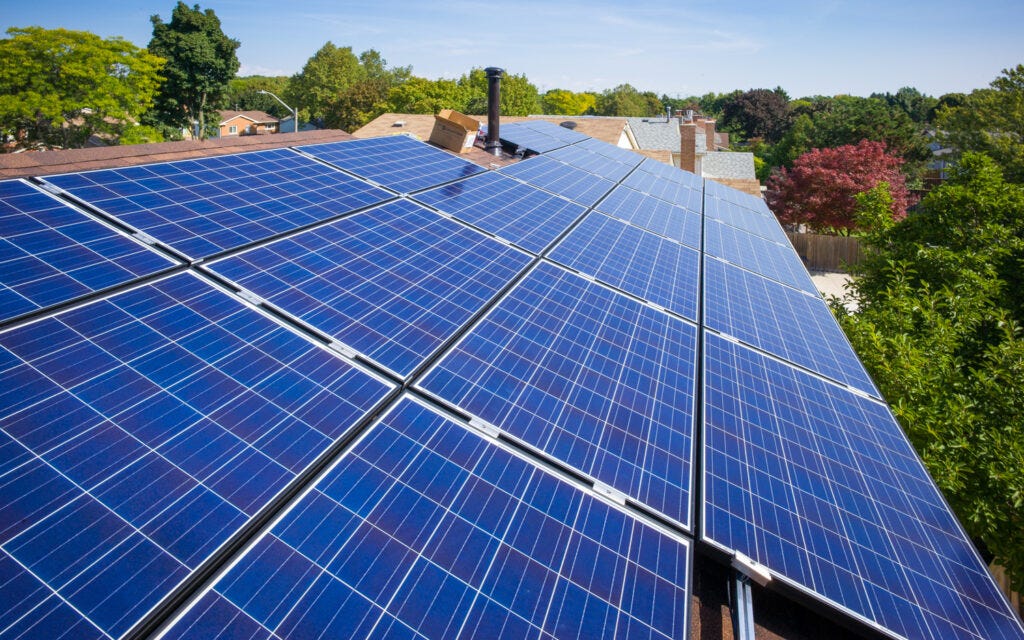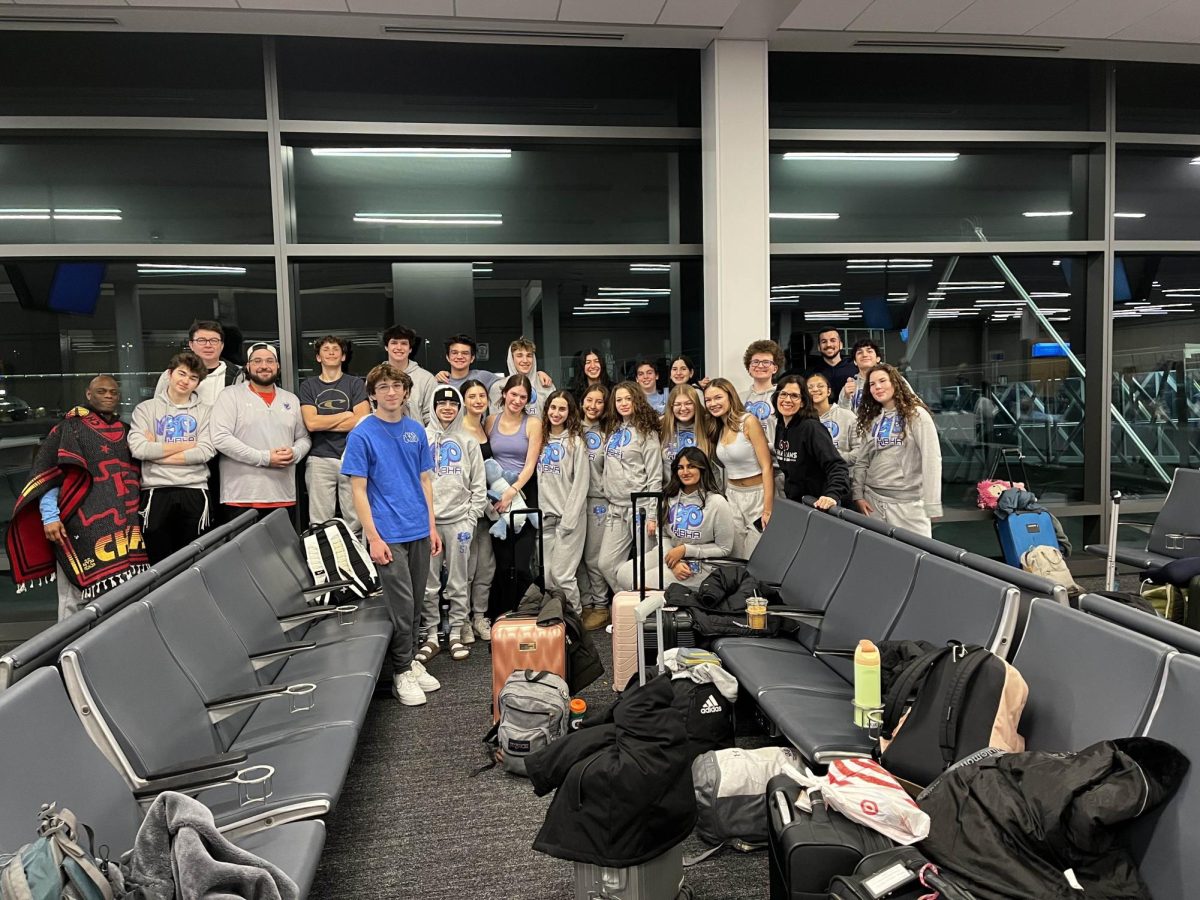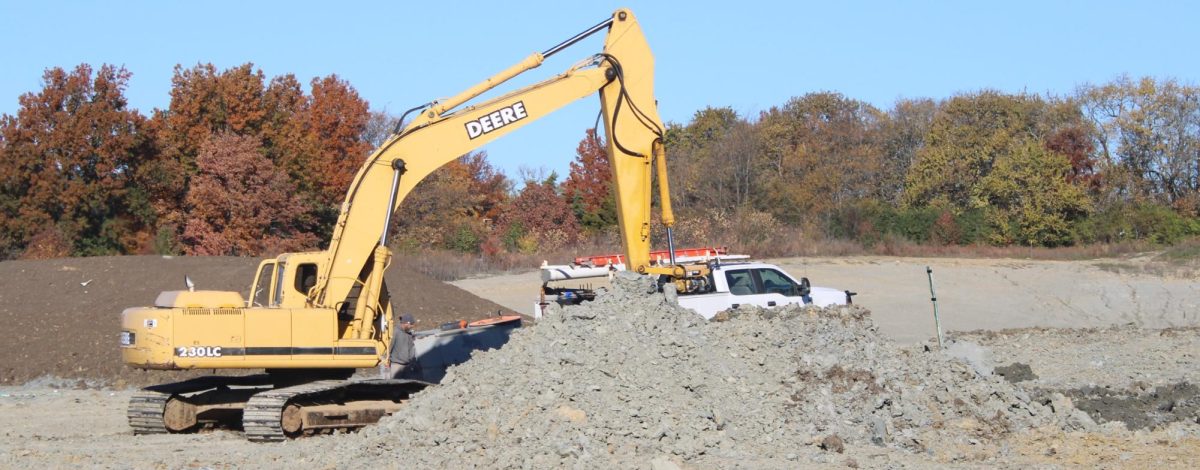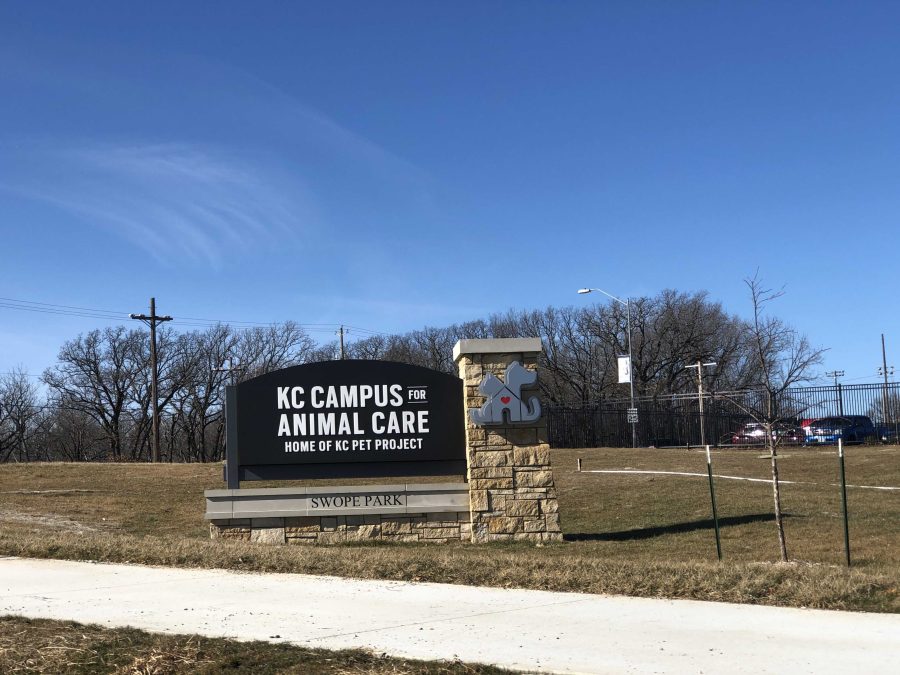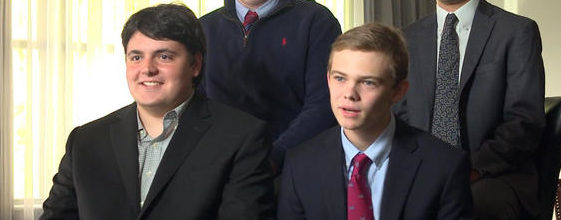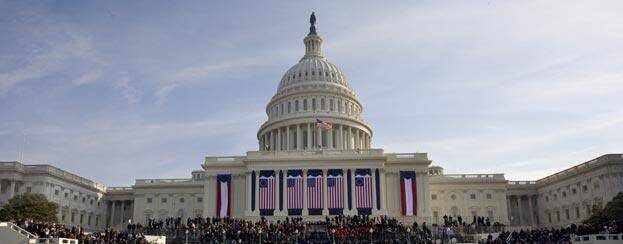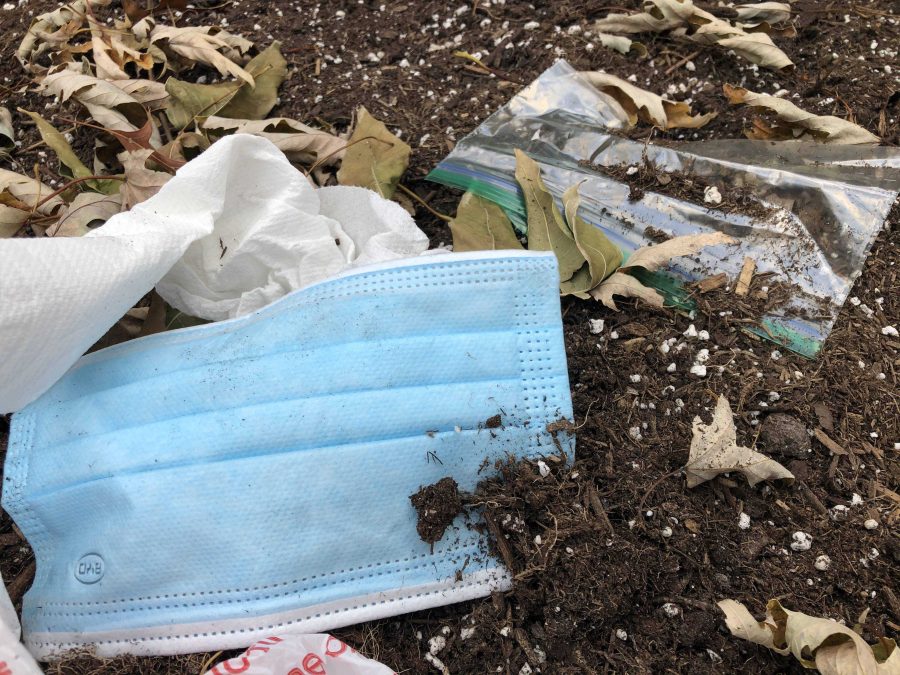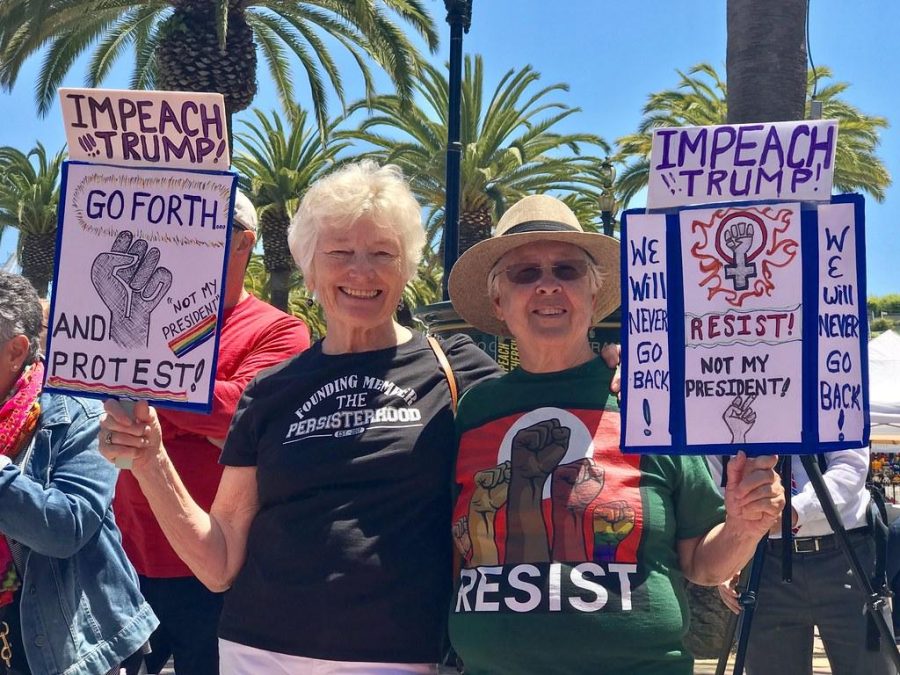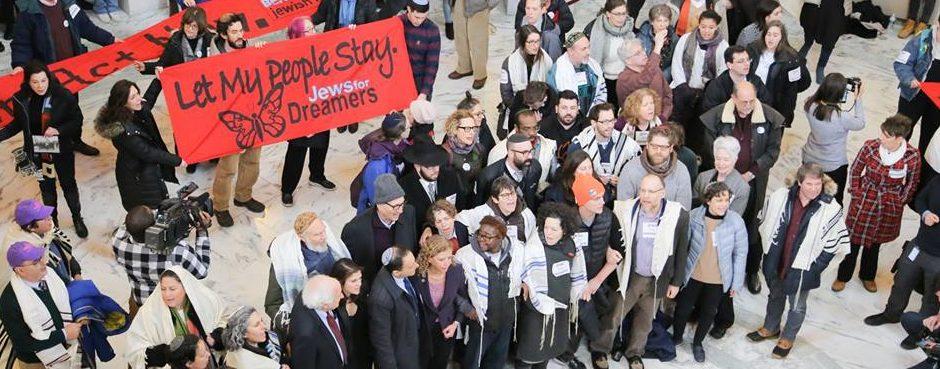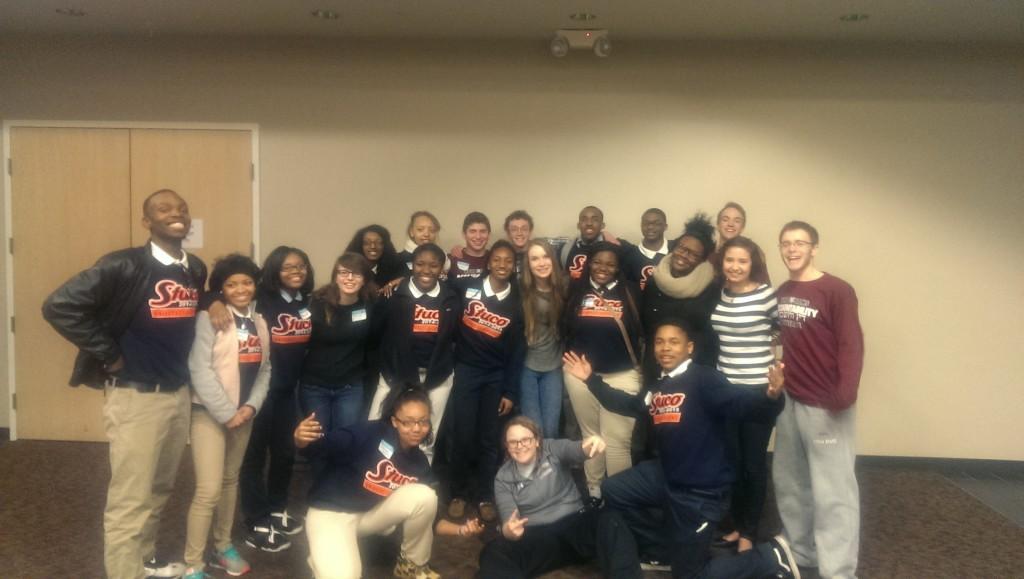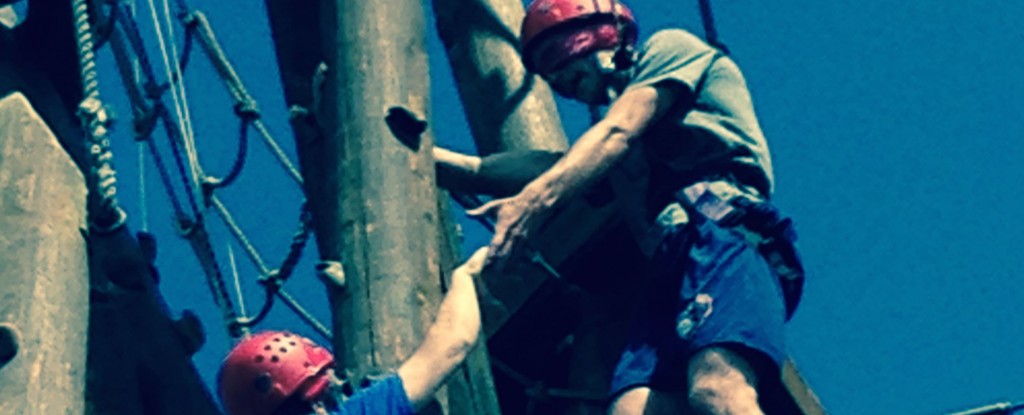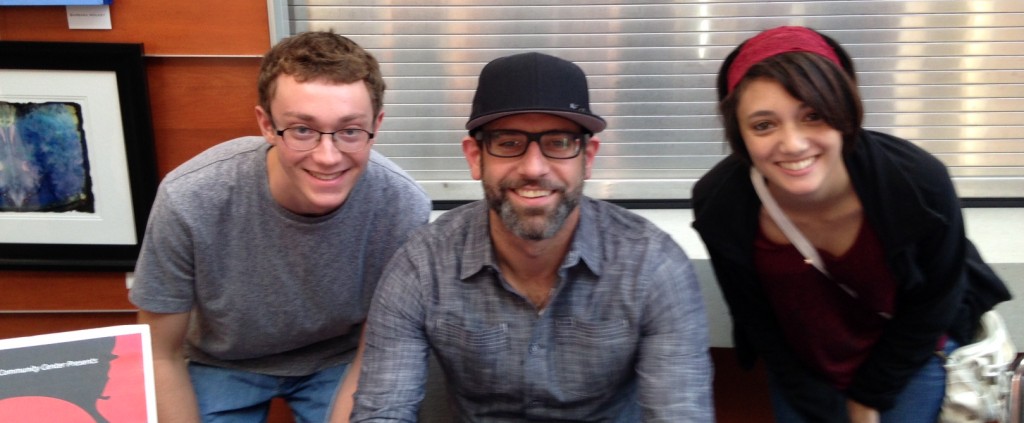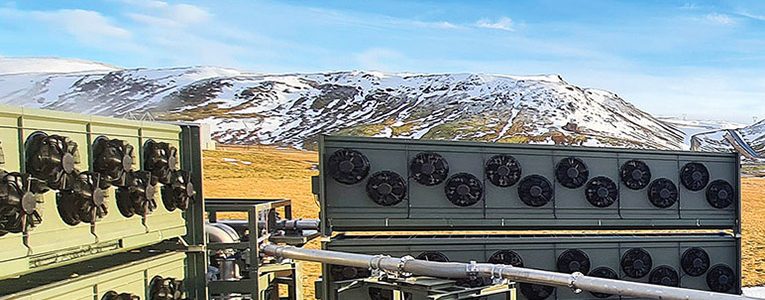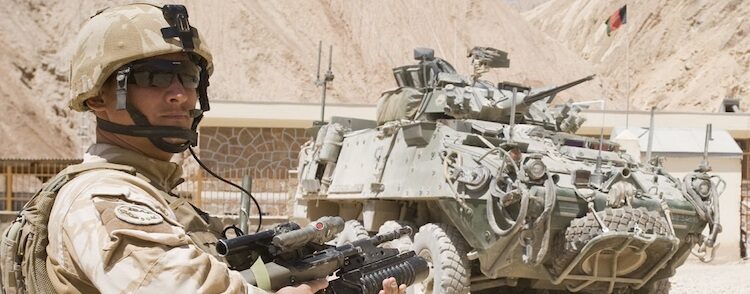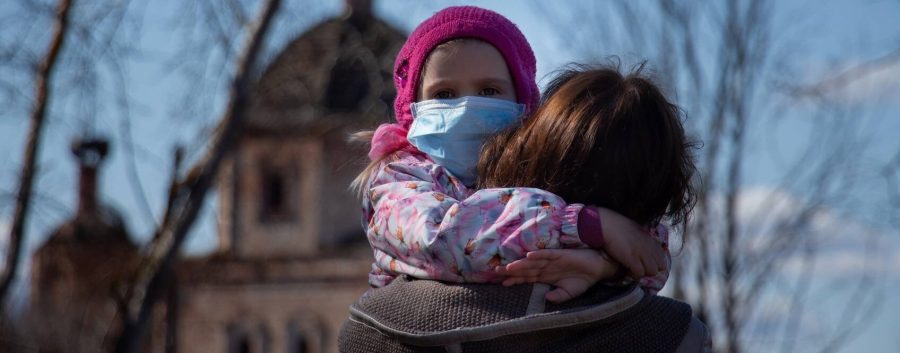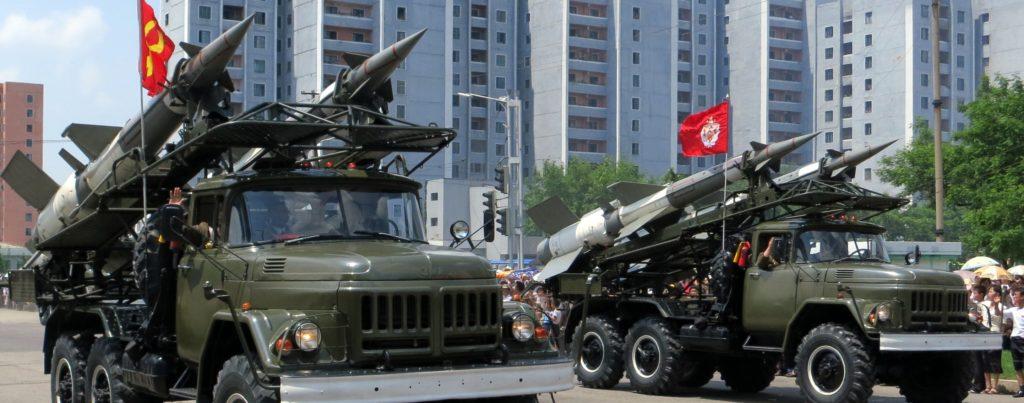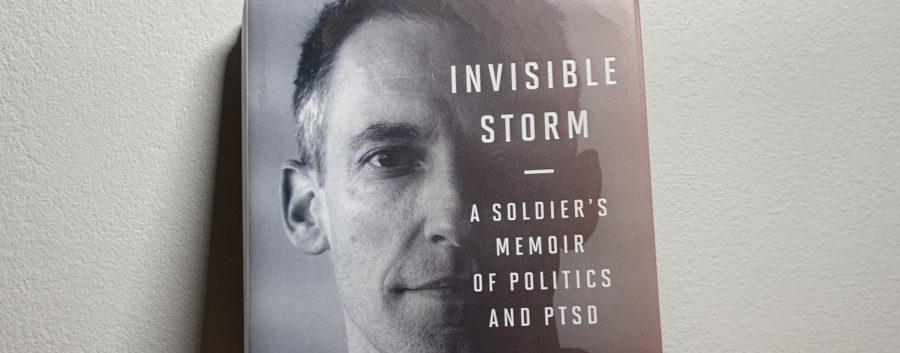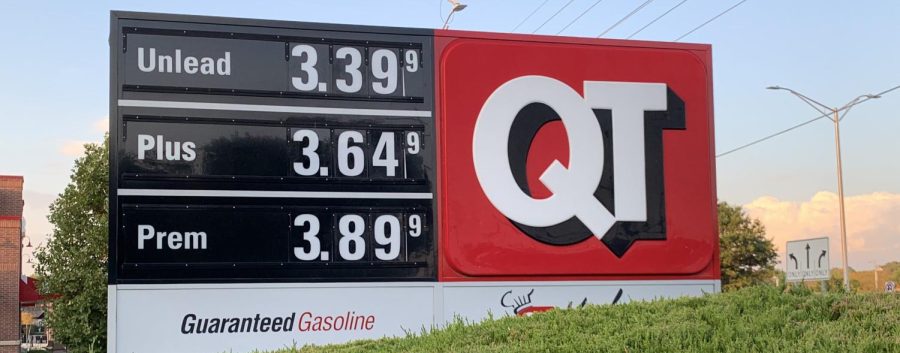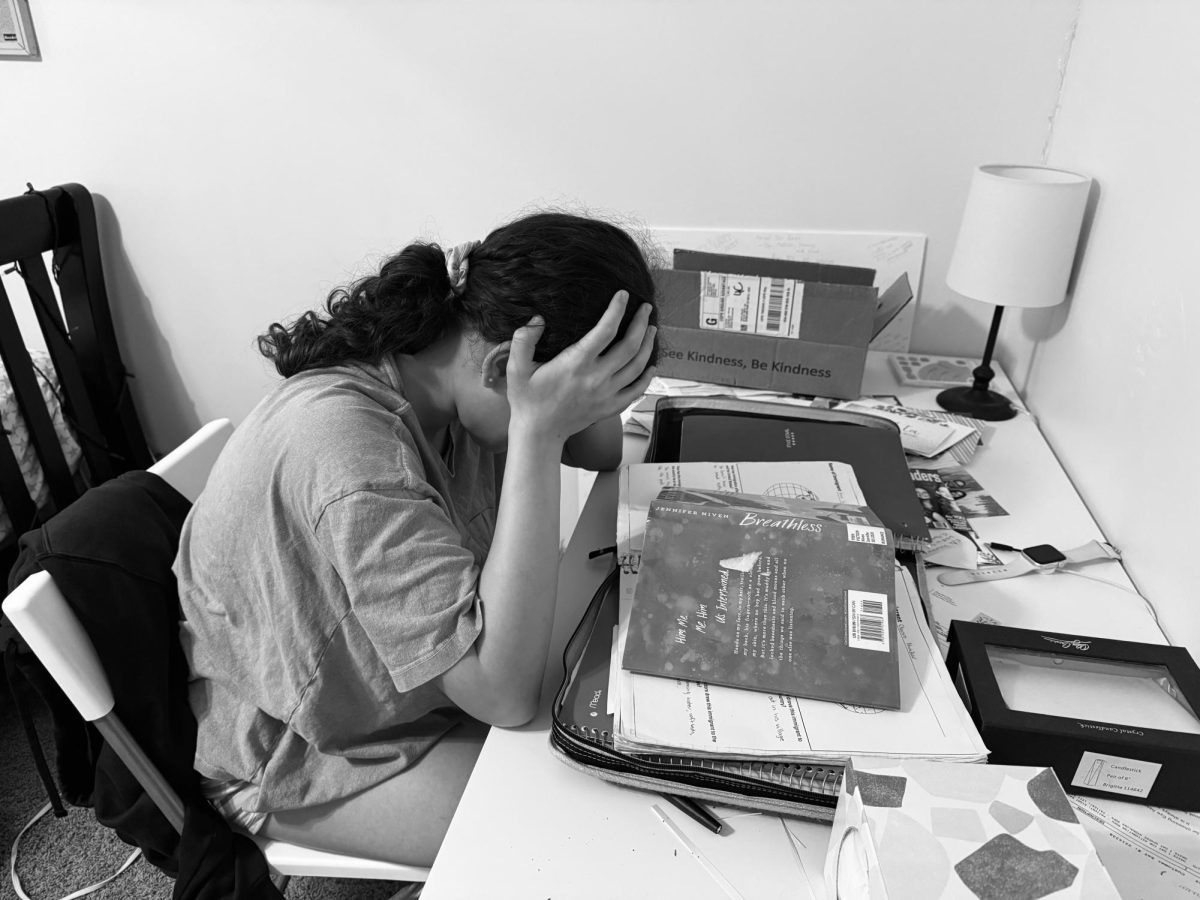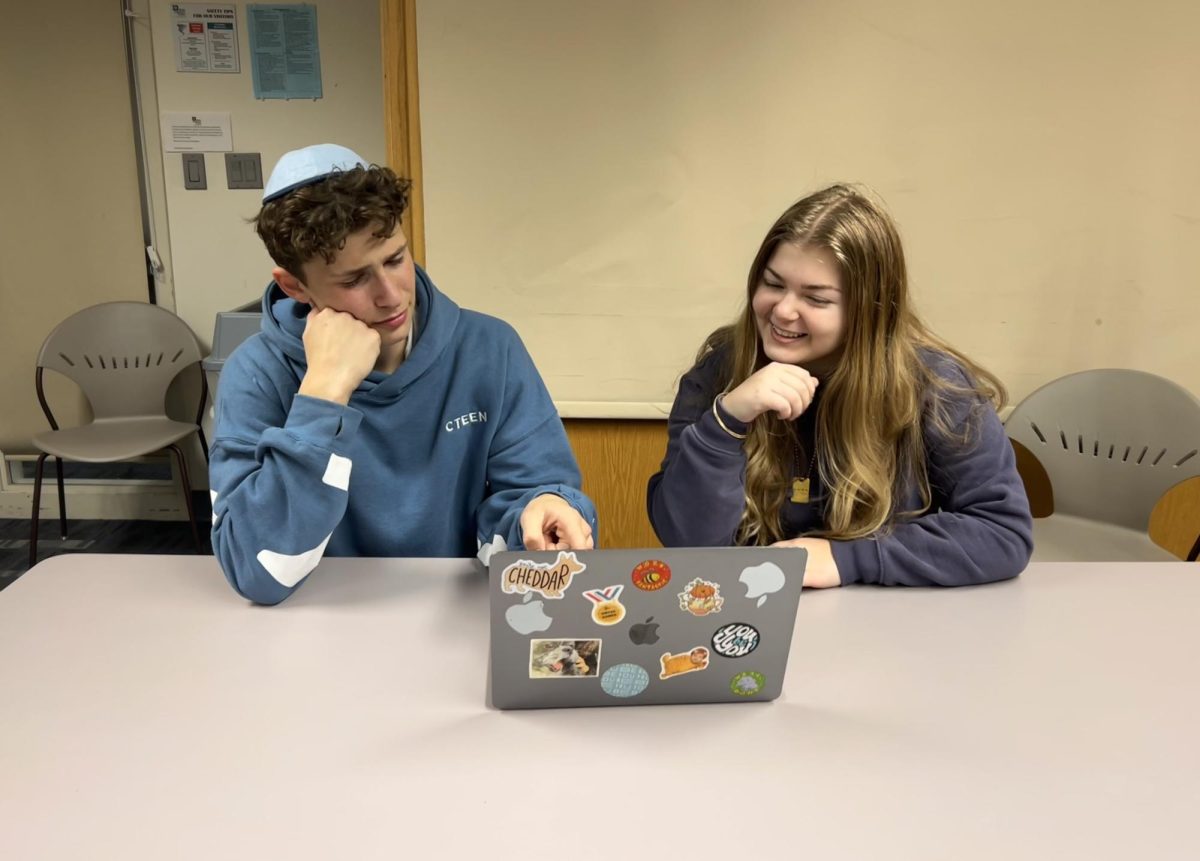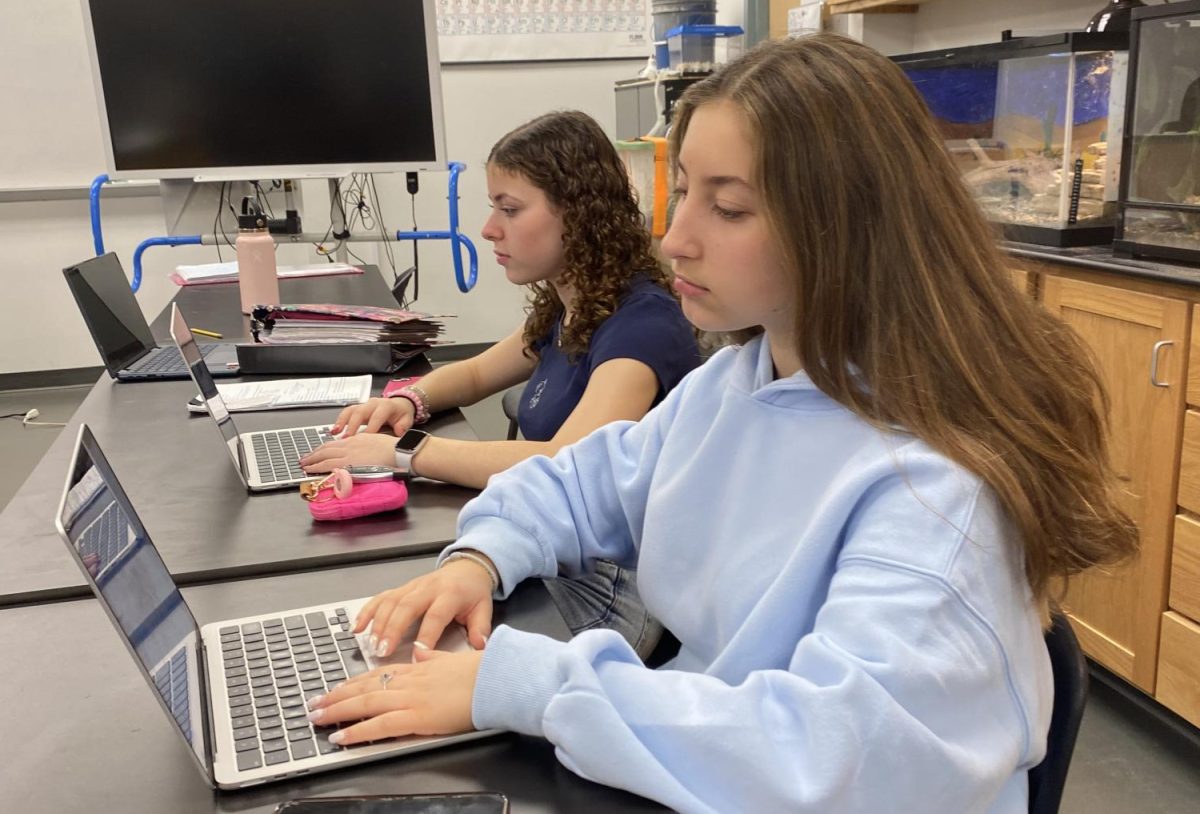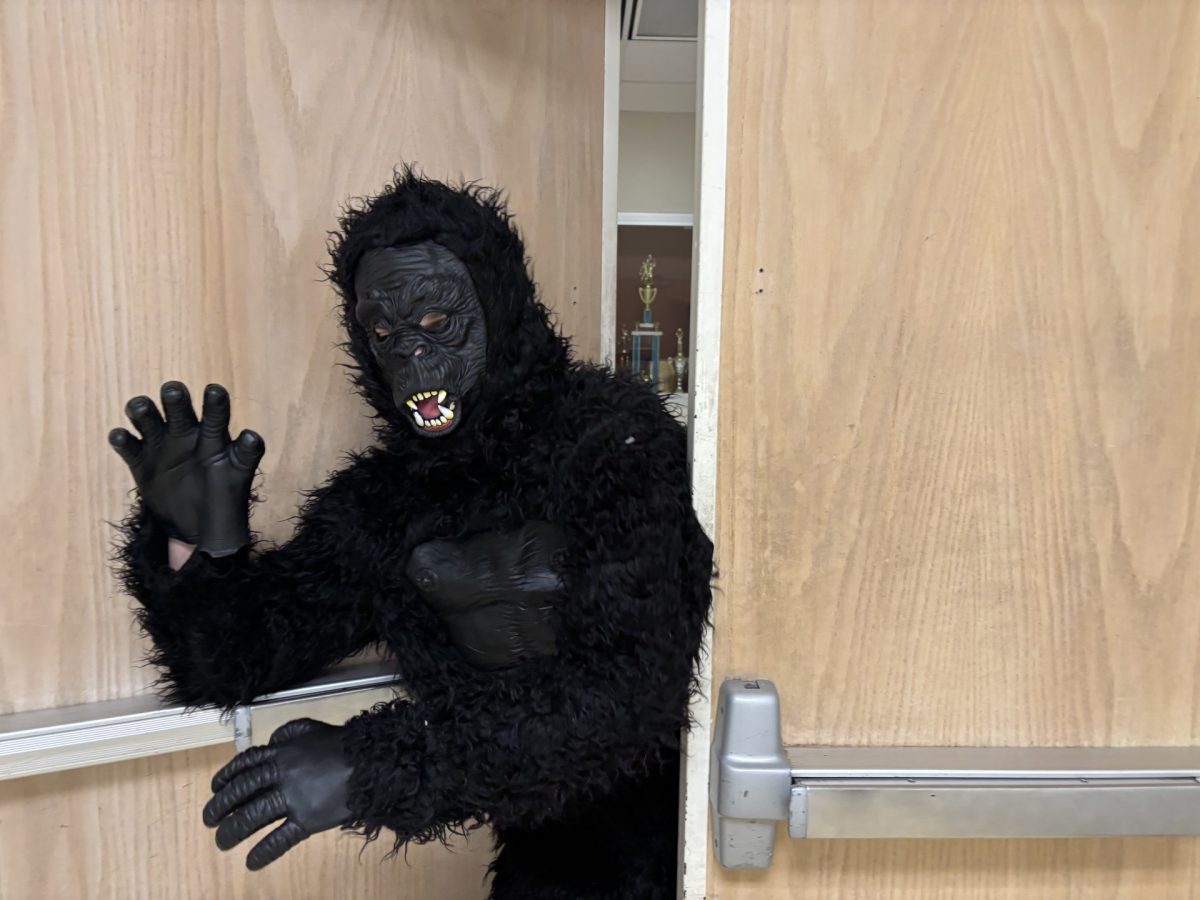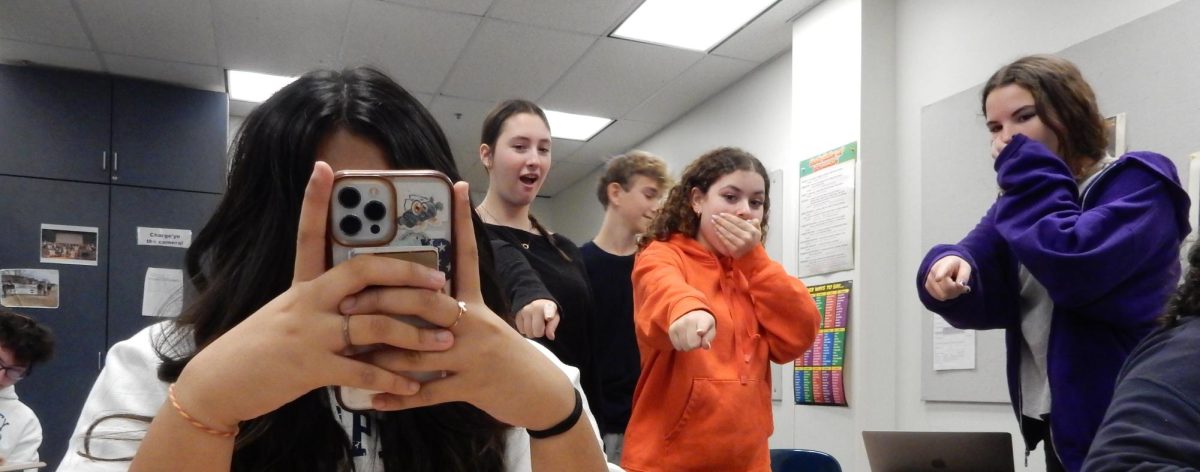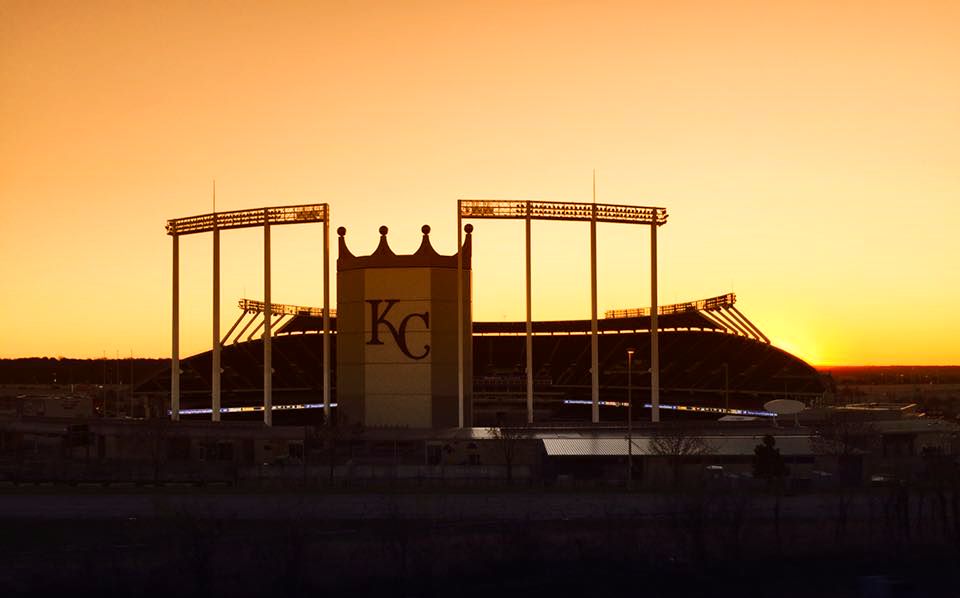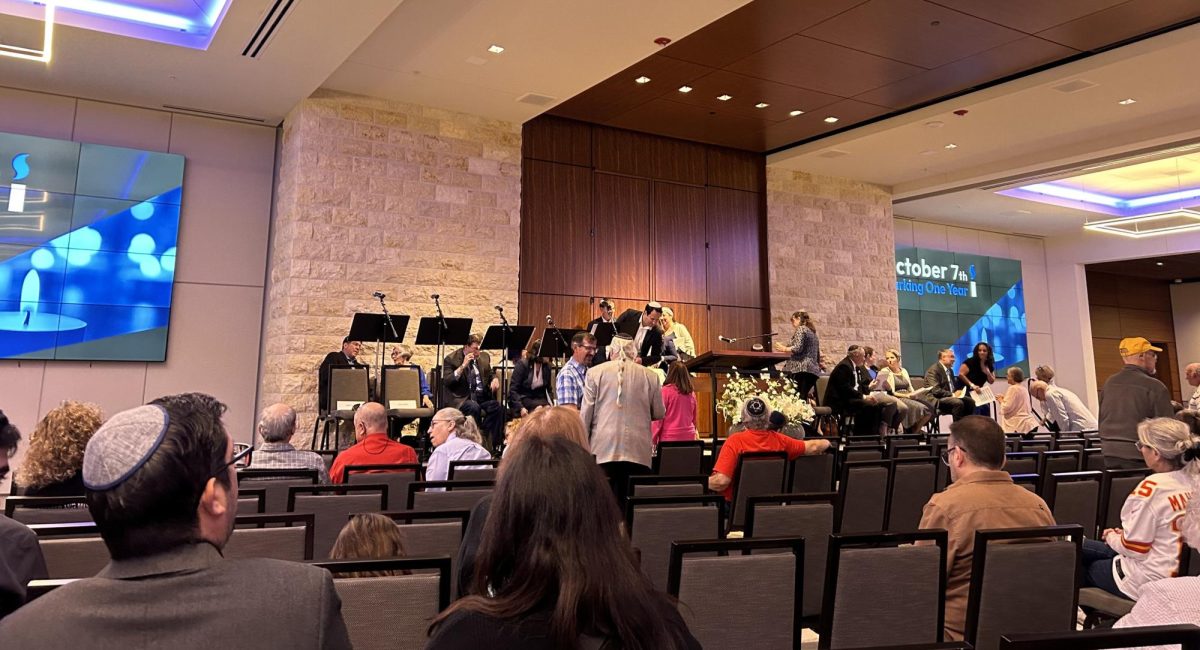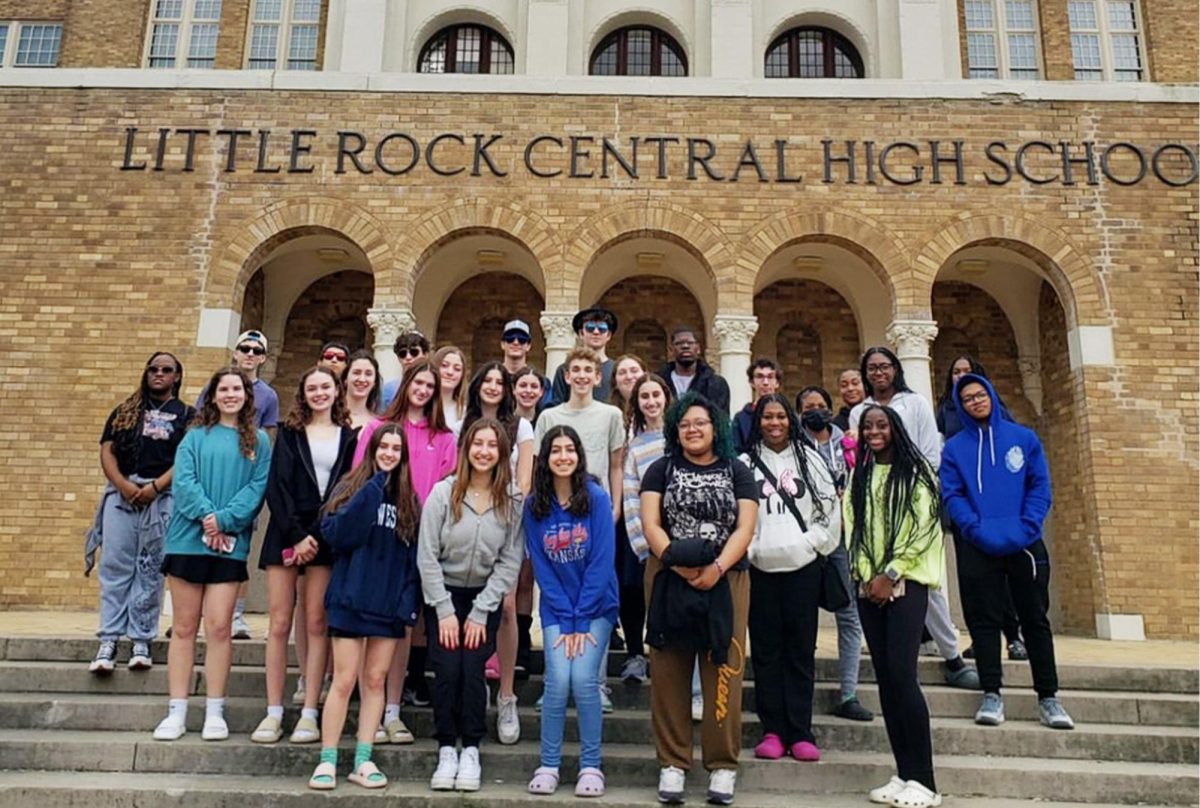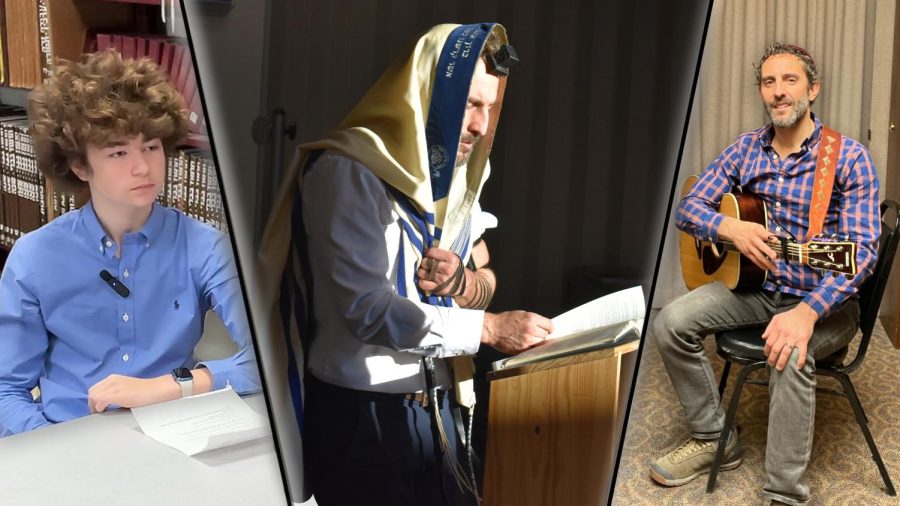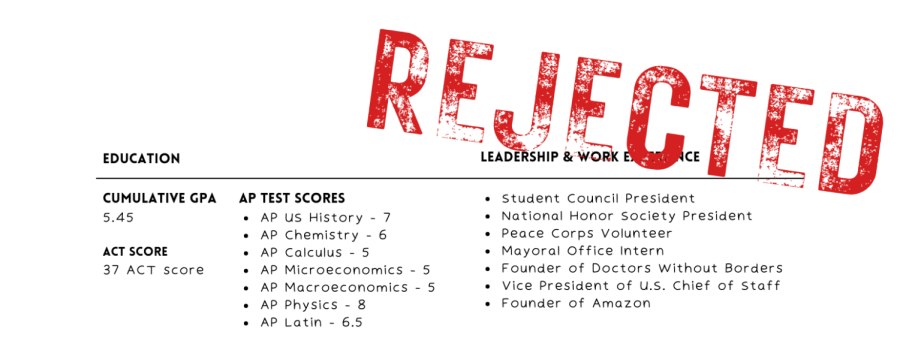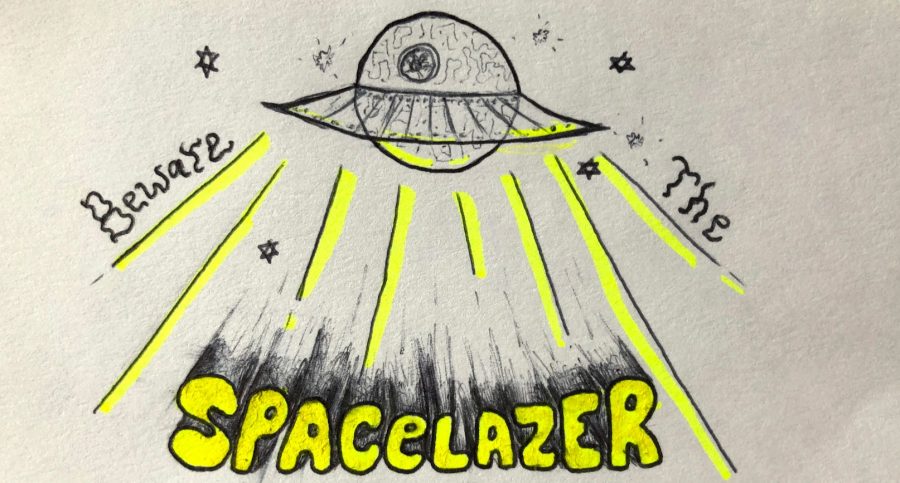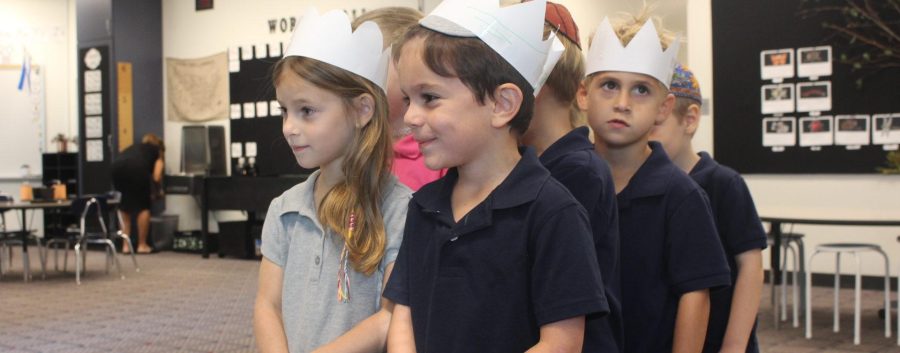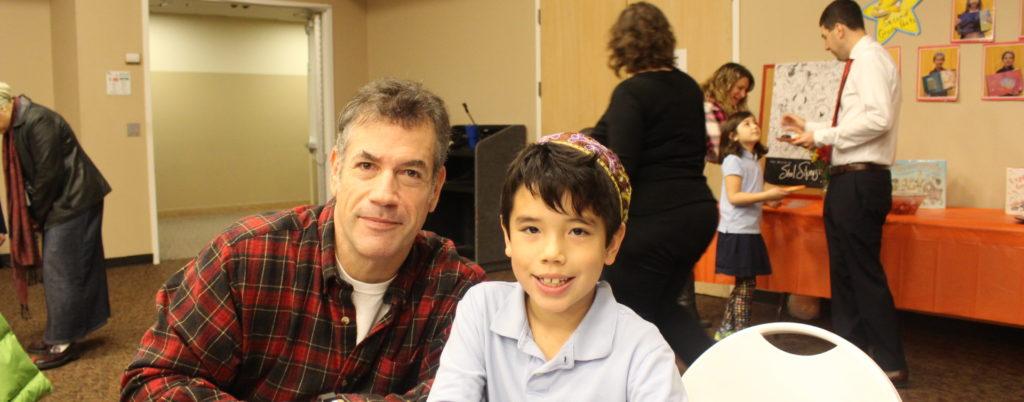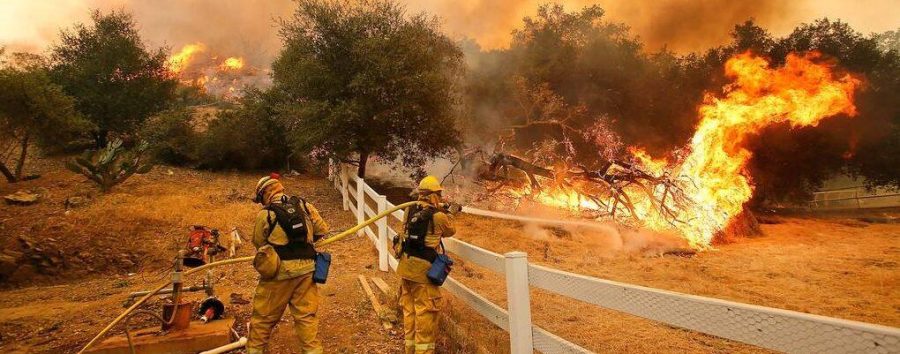Wildfires in the West: The Consequences of Climate Change
October 20, 2020
Slider image from Flicker
Over the last several months, western states such as California, Oregon, Washington and more have experienced massive heat waves and disastrous wildfires. A few hundred miles away, Colorado and Wyoming experienced a 60-degree temperature drop while the Midwestern US fought through hurricane Laura. On the other side of the world, Japan and North Korea experienced two back-to-back typhoons. These events and disasters are not coincidences, they are the result of climate change.
This year, over 5.7 million acres of land have been destroyed by wildfires, surpassing the burnt acreage total of 2016 (which was 5.51 million acres). As climate change continues to impact our world, wildfires are getting bigger, burning longer and becoming more destructive. In the 1980s and 1990s, the average wildfire burned anywhere from 40-80 acres. This year, the average wildfire has burned 130 acres, and in California alone a record high of more than 3 million acres of land have been destroyed. Additionally, in California, more than 6,000 structures have been demolished, accompanied by at least 20 fatalities and many more people missing. In addition to these large amounts of land that are burning, wildfires wreak havoc on our world in many other ways as well. The air quality in several western US cities are among the worst in the world, such as Portland, Seattle, San Francisco and Los Angeles.
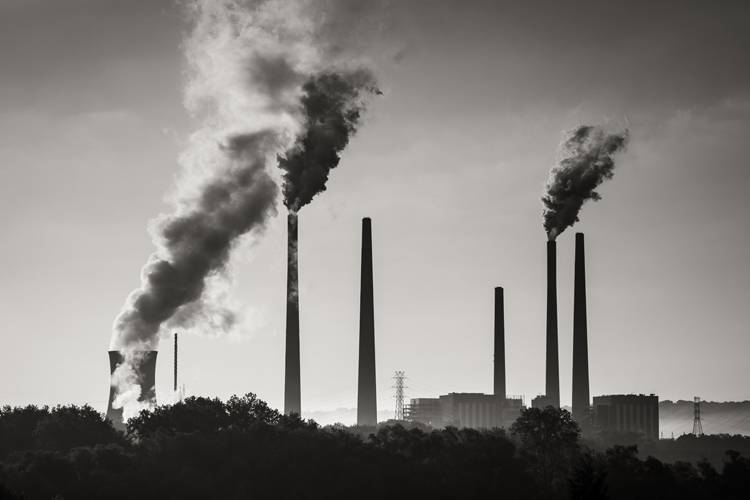
Julie Fingersh, a California native, says that they are used to the threat of earthquakes, but this is different; It encompasses your whole mind with anxiety. Every year their wildfire season gets “longer and more violent.” The smoke is so thick and widespread that people “literally could [can] not be outside – that’s how toxic the air was,” Fingersh says.
Though statistics may be difficult to understand, it is clear that the effect that climate change has already and will continue to have on our world is real. Over the past year there have been countless floods across the United States, and while climate change increases, so will flooding and heavy rain. Additionally, since 1880, sea levels have risen about 8 inches, and scientists predict that by 2100, it will have risen another 1-8 feet which is a threat to coastal cities. On another note, arctic ice is melting – rapidly. In the summers of the 1980s, arctic ice covered about 3.8 million square miles, roughly the size of the U.S. Scientists predict that by the summer of 2035, the Arctic Sea will lose it’s ice cover entirely.
Since 1880, the global average temperature has increased about 2 degrees Fahrenheit. While that doesn’t seem like much, Earth’s temperature is generally stable over long periods, and when it is not massive repercussions occur. For instance, at the end of the last ice age, which was about 11,700 years ago, the average global temperature was 46 degrees Fahrenheit. In the 20th century, the average global temperature was 57 degrees Fahrenheit. During those 11,700 years, the temperature only increased by about 11 degrees, in contrast to the 2-degree increase over the last 140 years. Scientists are highly confident that global temperatures will continue to rise, mainly caused by carbon emissions. Worldwide, greenhouse gas emissions (caused by human activity) from 1990-2010 increased by 35 percent, which was largely due to electricity, transportation and other forms of energy usage.
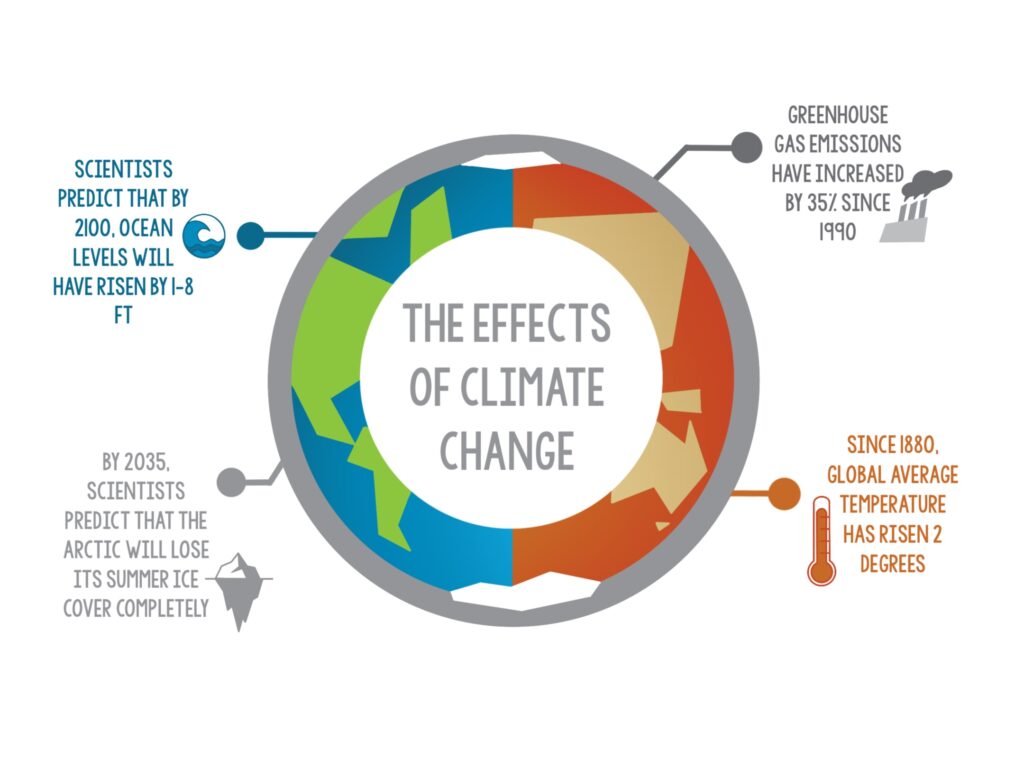
Recently, Kansas City has taken steps to help combat climate change in its community. One of these solutions is the formation of Climate Action KC (CAKC), a nonprofit coalition made up of over 100 elected officials and leaders statewide. Currently, CAKC is partnering with the Global Covenant of Mayors and the Mid-America Regional Council to draft a Climate Action Plan for Kansas City and other cities in the region.
This plan will be released in December 2020. Tom Jacobs, a member of the CAKC board, says that there are approximately 60 initiatives on the final Climate Action Plan, some of which including “more wind [power], more solar [energy], more energy efficiency, more water use efficiency…more electric cars and bicycles, and walkable communities.” What makes Kansas City’s Climate Action Plan different from others is the “social equity dimension, which benefits and advocates for the most vulnerable communities,” says Jacobs. CAKC’s central mission is to “knit together health, equity, and energy” in their final Climate Action Plan.
Though climate change has only recently become an important topic, it has been impacting our world since the beginning of time, more noticeably now than ever before. With natural disasters and weather changes like hurricanes, wildfires and floods, climate change is impacting our world and daily lives. Action must be taken to try and repair the damage climate change has done and prevent further damage to our earth. Thankfully, CAKC is trying to do our part and create change in our city, one person at a time.

